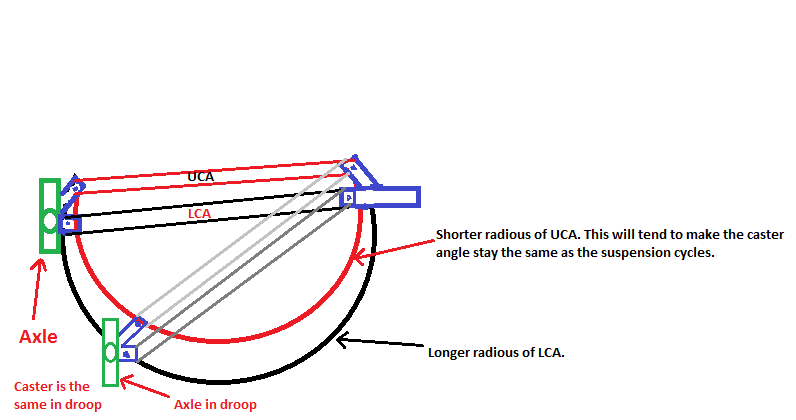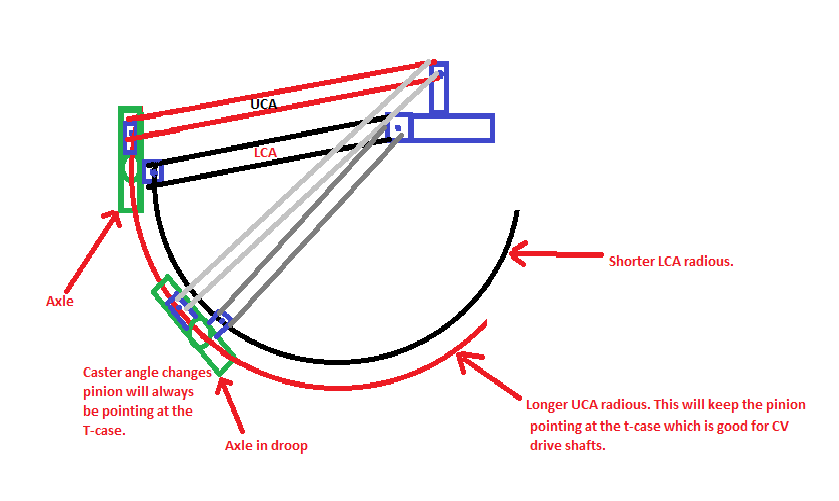Francesco
NAXJA Forum User
- Location
- Ventura County
Hey guys, in the middle of shortening a HP 44 for TJ shafts, and I just cut the axle. I need to weld on the inner Cs, but I have a couple questions:
1. When setting the pinion Angle, I just set the diff to the desired pinion Angle, then set the C's with positive caster(the tops pointing to the rear of the axle), right?
2. Where do I set the angle finder to measure pinion Angle?
3. To measure caster I set it on the bottom of the inner c, right?
4. What is the desired pinion Angle for an xj on about a 4" lift? I looked but only found for 6+" of lift.
Thanks!
1. When setting the pinion Angle, I just set the diff to the desired pinion Angle, then set the C's with positive caster(the tops pointing to the rear of the axle), right?
2. Where do I set the angle finder to measure pinion Angle?
3. To measure caster I set it on the bottom of the inner c, right?
4. What is the desired pinion Angle for an xj on about a 4" lift? I looked but only found for 6+" of lift.
Thanks!

















